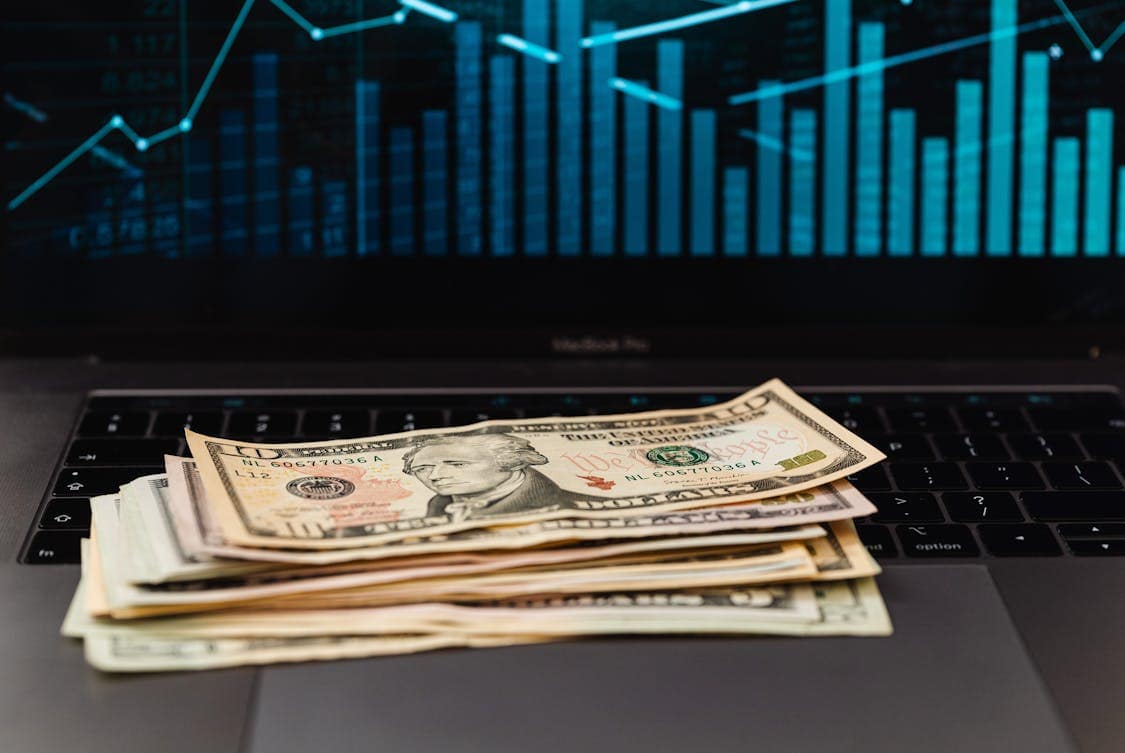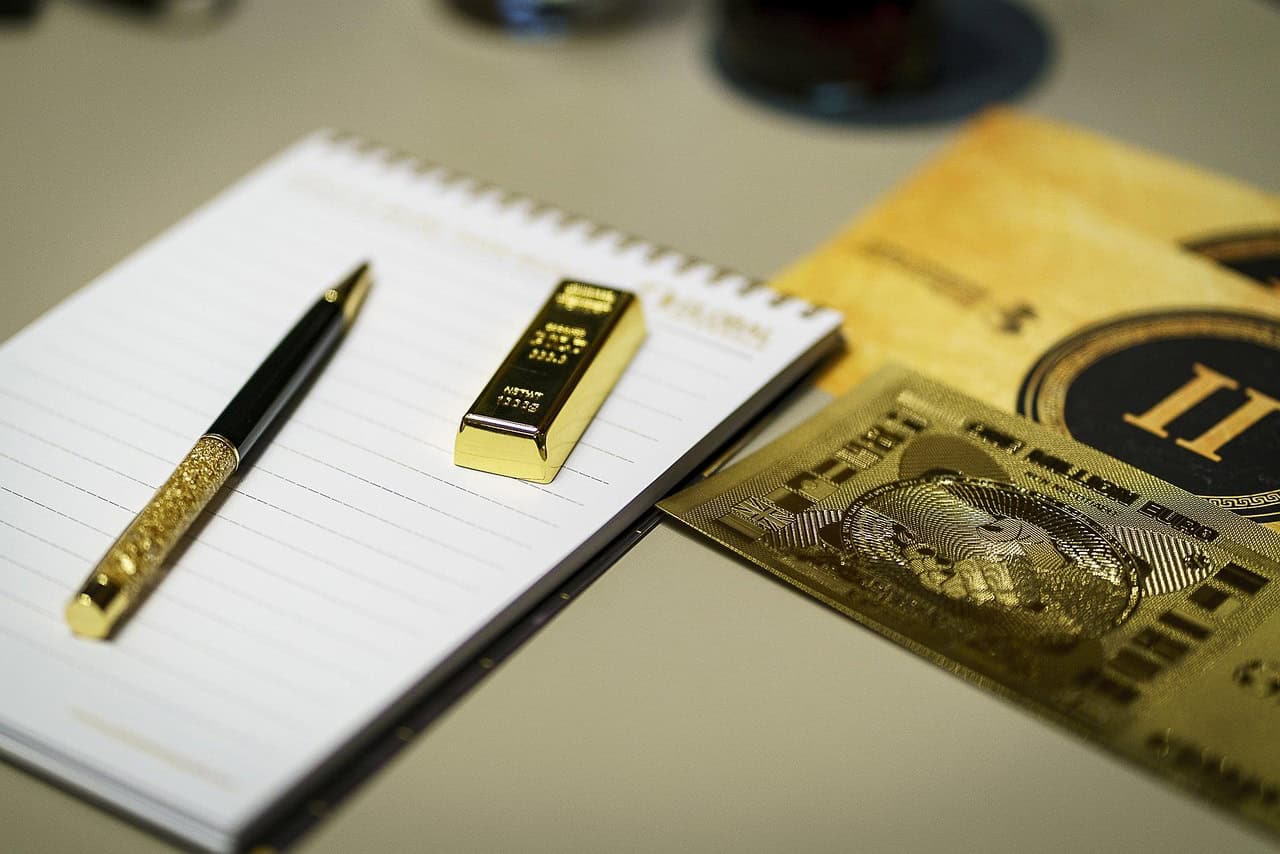Precious metals, particularly gold and silver, have held significant value throughout history. Their worth often mirrors the confidence placed in economic systems, making them a barometer for economic health.
Central banks, as the monetary authorities of nations, play a pivotal role in influencing the prices of these metals. This article examines the mechanisms through which central banks impact the dynamics of precious metals.
Central Banks and Monetary Policy
At the heart of a central bank’s function is the formulation and implementation of monetary policy. This includes setting interest rates, regulating money supply, and controlling inflation.
When central banks adjust interest rates, it affects the opportunity cost of holding non-yielding assets like gold. Lower interest rates make gold more attractive since it doesn’t yield interest, potentially boosting its price.
Conversely, when rates rise, the allure of gold diminishes as investors prefer interest-bearing assets. This is a delicate dance; a bank’s decision can lead to significant fluctuations in precious metals prices.
Investors often watch these moves closely, adjusting their strategies based on anticipated central bank actions.
Reserve Management Strategies
Central banks hold vast reserves of precious metals, primarily as part of their foreign exchange holdings. The decisions surrounding these reserves can have profound effects on market prices.
For instance, when a central bank decides to purchase gold, it directly increases demand, leading to price appreciation.
On the flip side, if a central bank opts to sell off portions of its gold reserves, the supply in the market increases, likely pushing prices down.
These actions are typically communicated to maintain market stability, but unexpected moves can trigger volatility.
Currency Stability and Precious Metals
Central banks aim to maintain currency stability and control inflation. When a currency faces devaluation risks, precious metals often serve as a hedge.
Investors flock to gold and silver as safe havens during such times. Central banks, aware of this relationship, may act to stabilize their currencies to maintain investor confidence.
For example, if a central bank perceives that inflation is creeping up, it might tighten monetary policy. This action could lead to an appreciation of its currency.
As a result, gold priced in that currency might decline, reflecting the inverse relationship between currency strength and precious metals prices.
Interest Rates and Inflation

Interest rates and inflation are intertwined concepts that central banks navigate carefully. When inflation rises, central banks may increase interest rates to cool economic activity.
This often leads to a stronger currency, which can negatively affect gold prices. Alternatively, low-interest rates in an inflationary environment can lead to increased demand for gold.
Since gold is often viewed as a hedge against inflation, many turn to trusted dealers like Money Metals to help guide their precious metals investment decisions during uncertain economic times.
Global Economic Indicators
Central banks do not operate in isolation. Global economic indicators significantly influence their policies and, in turn, the prices of precious metals.
Events such as geopolitical tensions, trade disputes, or economic downturns can create fluctuations in gold and silver prices.
Central banks often monitor these indicators to anticipate changes in investor behavior.
When uncertainty looms, central banks may lower interest rates or engage in quantitative easing, which can spark an increase in gold prices as investors seek refuge.
Central Bank Communications
The methods by which central banks communicate their policies play a critical role in shaping market expectations. Forward guidance, where central banks outline future monetary policy directions, can influence investor sentiment.
If a central bank signals a commitment to low rates for an extended period, it may encourage investment in precious metals.
Conversely, if a bank suggests a potential tightening of policy, it could dampen demand for metals, leading to price declines. The nuances of these communications can create ripples in precious metals markets.
Gold as a Reserve Asset
Gold’s role as a reserve asset is significant for central banks. Many countries maintain gold reserves as a safeguard against economic uncertainties.
Changes in gold reserves can reflect a central bank’s policy direction and economic outlook.
When a central bank decides to diversify its reserves by increasing gold holdings, it boosts gold demand.
Conversely, reducing gold reserves sends a signal that may lead to decreased investor confidence in precious metals, impacting prices accordingly.
Speculative Trading and Central Banks
Central banks’ policies can lead to increased speculative trading in precious metals markets. Traders often react to central bank announcements, attempting to predict future price movements.
This speculation can amplify price fluctuations, sometimes disconnecting prices from underlying fundamentals.
For example, if traders perceive a likelihood of a central bank tightening its monetary policy, they may rush to sell gold, leading to sharp price drops.
This speculative behavior, while driven by central bank actions, can create volatility that impacts both short-term and long-term price trends.
The Impact of Global Central Banks
The interconnectedness of global economies means that the actions of one central bank can have repercussions worldwide.
For example, if the Federal Reserve in the U.S. raises interest rates, this may lead to stronger U.S. dollar performance, negatively impacting gold prices globally.
Similarly, if emerging market central banks increase their gold purchases, this can drive up prices due to heightened demand.
The dance among various central banks, their policies, and the subsequent market reactions shapes the landscape of precious metals trading.
Geopolitical Tensions and Central Bank Actions
Geopolitical uncertainty often leads to increased interest in precious metals. Central banks may respond to such tensions by adjusting their monetary policies to either stabilize their economies or react to changing investor sentiments.
For instance, if a country faces sanctions or military conflict, its central bank might lower interest rates to boost economic activity. In turn, this can lead to a surge in gold purchases as investors seek safety, driving up prices.
The interplay between geopolitical events and central bank responses can create a whirlwind of activity in the precious metals market.
The Role of Inflation Targeting
Many central banks adopt an inflation-targeting framework, where they aim to maintain inflation within a specific range. This policy can significantly influence the demand for precious metals.
If inflation exceeds targets, central banks may need to act, potentially leading to increased interest in gold as a hedge.
The relationship between inflation targeting and precious metals prices is complex. When investors believe that a central bank is falling short of its inflation targets, they often flock to gold, boosting its price.
Conversely, effective inflation control can lead to reduced demand for precious metals.









